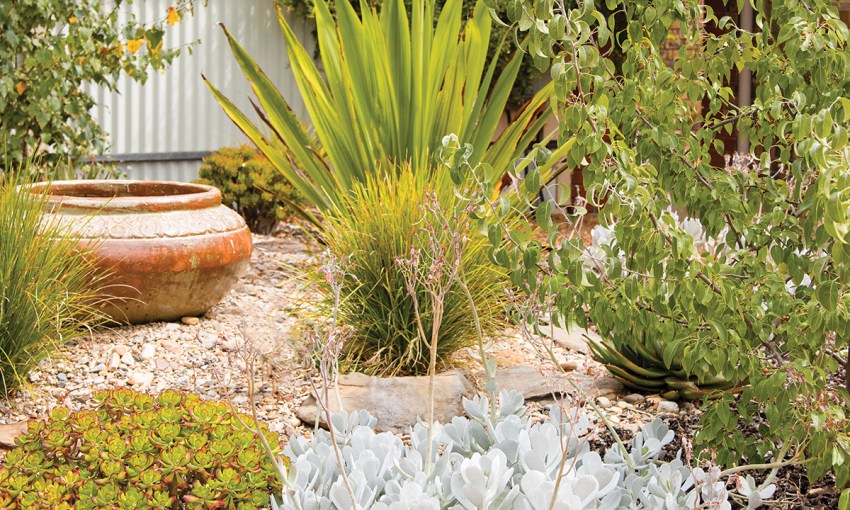Succulents are a favourite for many home gardeners, but there are a few tricks and tips to selection and placement of succulents to create a truly wow-factor garden.
The succulent solution
Succulents can add colour and texture into the landscapes of both small and large gardens. There are so many to choose from but to create wow-factor it’s best to include some larger feature succulents in your mix of plants. These could be ponytail palms, aloe trees, yuccas, dragon trees, Gymea lilies, cycads, bird of paradise and tall growing cacti. These plants will give your landscapes some height and generate a more interesting aspect to the eye.
Grasses can also be planted in this type of landscape as they will soften its appearance with soft-flowing foliage that provides contrast to the hard structure of succulents. The different foliage colours and plant structures will be important when designing the layout.
Using succulents with silver foliage or red colourings are always good to scatter throughout the landscape as they will add colour contrast to the green foliage. Using different structures of succulents such as low ground cover, mounding, clumping and symmetrical, will also add interest to your landscape.
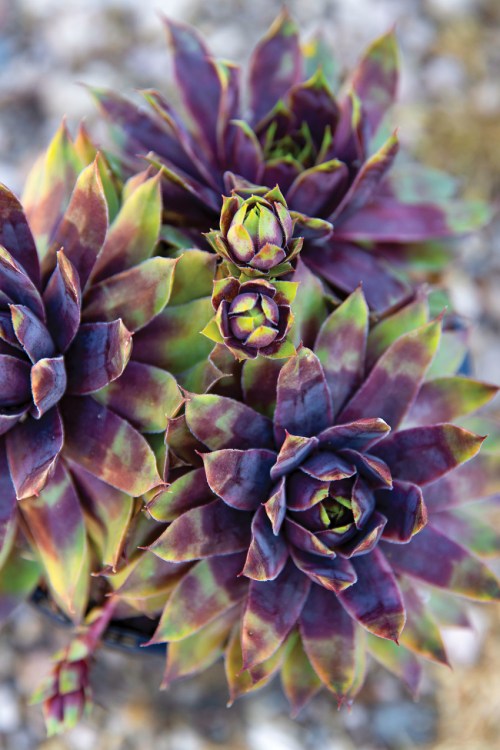
One of everything will give you a garden but not a landscape, so you will need to repeat some of the plants throughout your garden. This will tie your landscape together to give it balance and a natural appearance. Grouping some of the smaller varieties together in a cluster will give more impact and ensure they don’t get lost among everything else. You can easily create a drift of succulents along your path or down an embankment to make it look as if they have naturally blown along and grown.
Our favourite plants to use in garden landscape include senecio, commonly known as chalk sticks. They are blue grey in colour and make a great ground cover. Also, pig’s ear (Cotyledon orbiculata) is a beautiful silvery-white colour and makes a lower spreading plant. Sedum dendroideum makes a lovely round shape succulent, reaching 50cm in height with green and red leaves.
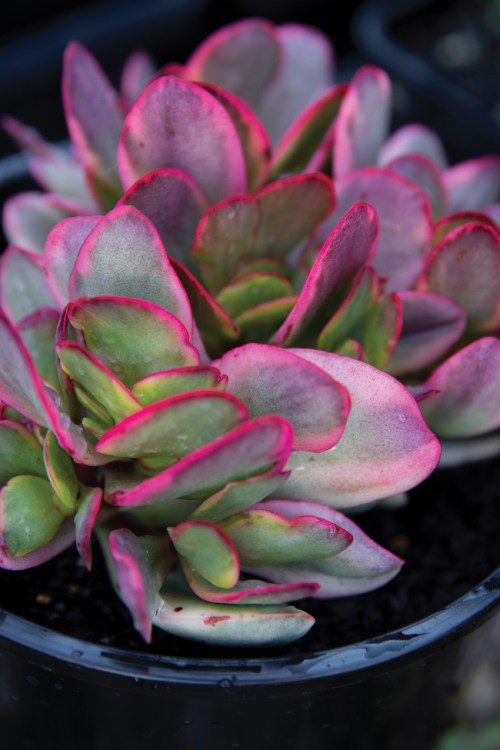
Aloes have stunning flowers in late winter and come in many shapes and sizes. Additionally, agaves have wonderful symmetrical structure and range of striking colours, another must-have for that stunning landscape. Crassula Bluebird is a good medium-sized plant and is a dense-growing, bluey-grey colour. The Crassula Gollum and Ovata – with green, orange, red and yellow-coloured leaves – takes on the structural appearance of a bonsai. These are a great choice when designing your landscape. Echeverias and sedums are great choices to build your landscape as well.
Succulent gardens have many drawcards. You can use them in a small balcony garden, in pots on a small patio area, within a garden or in a large-scale garden. They suit full sun best, but many will tolerate filtered shade, and some will even grow indoors if given enough light. Good drainage is ideal, but most will be happy with loam.
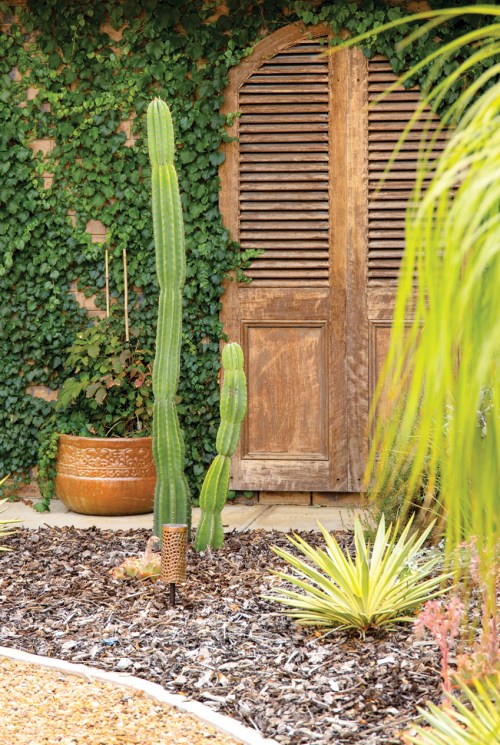
You might need to build your garden bed up and this can become an additional feature of your garden as soft mounds within a landscape offer the stunning visual effect of depth. Bring soil in to create mounds and undulate areas or dig out an area to create a dry creek bed. Large rocks can be placed to give a natural look and river rock is particularly suited to a succulent landscape. Rock placement always looks best in groups or alongside a meandering dry creek bed. The rocks will take on a more natural appearance if you dig at least a third of the rock into the ground as they would appear in nature, not just dropped on the top of the ground and then by placing some grasses in-between the rocks to soften the landscape.
Succulents require minimal water but will have much brighter colours if watering is supplied. Maintenance is minimal too; trim off old flower spikes and any old leaves to keep them looking great. Fertilise only moderately – too much will make them too soft and lose some of the vibrant colours.
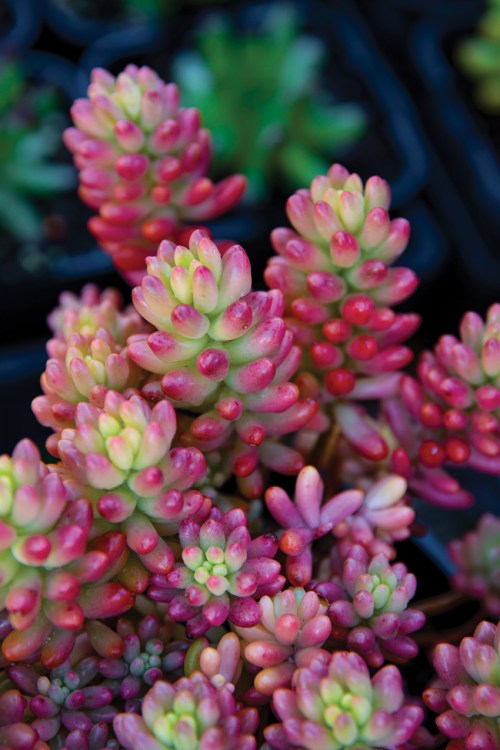
We love to use gardening books, online platforms and social media to research other garden ideas. We find inspiration through the different combinations of plants used in other gardens and landscapes. Even if you are not in love with a plant as a single selection, if used in the right way among other plants, it can bring the whole picture together.
Remember to use a variety of colour, structure and different heights to bring interest to your garden, creating a beautiful and unique design. Many succulents change colour or flower at different times of the year, so you can enjoy watching your landscape change through the seasons.
This article first appeared in the Summer 2023 issue of SALIFE Gardens and Outdoor Living magazine



